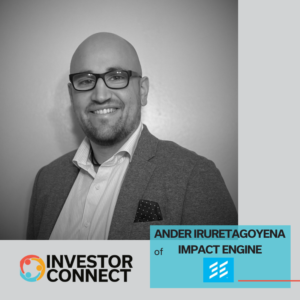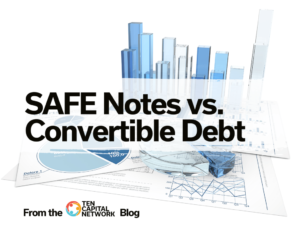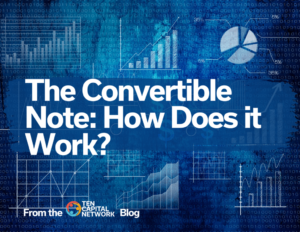
Investor Connect Interview: Ander Iruretagoyena of Impact Engine
2 min read On this episode of Investor Connect, Hall welcomes Ander Iruretagoyena, the Senior Associate at Impact Engine. Headquartered in Chicago, Illinois, Impact Engine

2 min read On this episode of Investor Connect, Hall welcomes Ander Iruretagoyena, the Senior Associate at Impact Engine. Headquartered in Chicago, Illinois, Impact Engine

1 min read Many startups use SAFE Notes and Convertible Notes for their early-stage investments. So what’s the difference? A Convertible Note is a debt

1 min read A commonly used investment tool for funding startups is the Convertible Note. What is a Convertible Note? A short-term debt instrument that

Everyone once in awhile I’ll come across an entrepreneur who wants to tell me about his deal but before giving me any details wants me

When the Conversation is Over Before it Begins I have an espresso each morning at the Trianon coffee shop in Westlake. It’s part of my